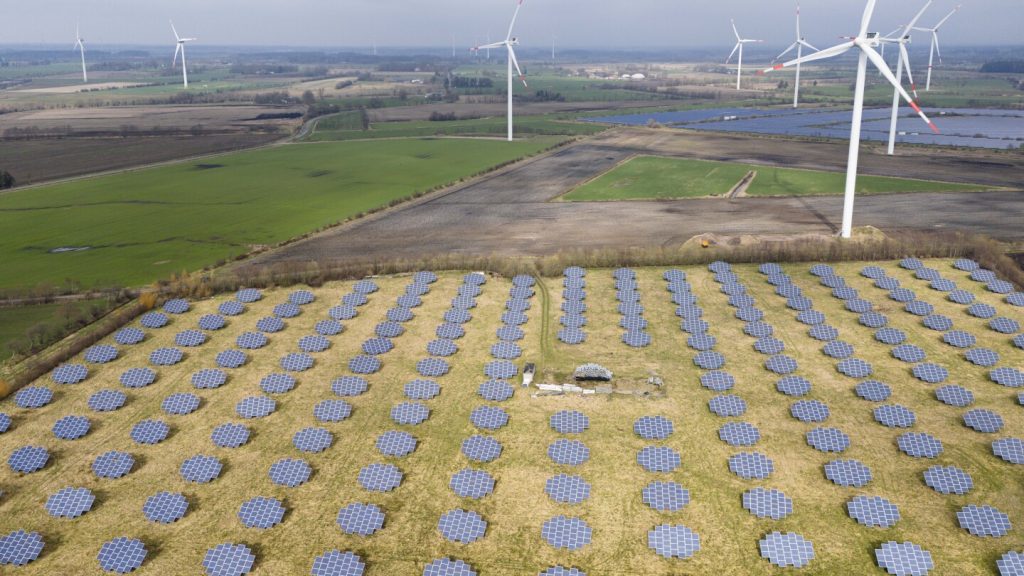The governments of the world have set a goal to triple renewable energy by 2030, as agreed upon at the U.N. climate summit in December. However, the current post-pandemic global economy presents obstacles that need to be overcome in order to achieve this goal. Some of the major hurdles include the costly credit needed to fund renewable energy projects. Central banks in Europe and the U.S. have raised interest rates, making it harder to finance the high up-front costs of building wind farms and solar arrays. As a result, raising the agreed price of electricity may be necessary to cover these added expenses.
Inflation is another challenge facing renewable energy projects, as the rising costs of electric cables, power turbines, construction materials, and services make it more expensive to build wind or solar installations. However, solar panels have become more affordable due to increased production in China. Supply chain disruptions have also been a problem, with order backlogs and delays due to shortages of skilled engineers, raw materials, and manufacturing capacity for complex machinery needed for renewable energy projects.
The NIMBY (Not In My Backyard) syndrome, where communities oppose the noise and appearance of renewable energy installations, remains an issue in many places. For example, Bavaria in Germany has resisted wind turbines in its scenic landscape, causing installations to lag behind despite government initiatives to boost renewable energy. Developing countries face even greater obstacles, as they tend to have higher borrowing costs and limited access to government subsidies or credit guarantees. This leads to significantly higher costs of building renewable energy projects compared to wealthier parts of the world.
Overall, the push to triple renewable energy by 2030 faces challenges due to the current global economic situation. In order to meet this goal, solutions will need to be found for the costly credit, inflation, supply chain disruptions, NIMBY syndrome, and high borrowing costs faced by developing countries. Efforts to address these hurdles will be crucial in accelerating the transition to cleaner and more sustainable sources of energy worldwide.


